
By: AndyC
Added: 05 December 2024
This powerful training strategy alternates heavy-resistance exercises with explosive, high-velocity movements. Backed by research and proven in practice, it offers a unique way to enhance strength, power, and athleticism.
What is Contrast Strength Training?
Contrast training, often referred to as complex training, pairs a high-load strength exercise with a biomechanically similar plyometric or explosive movement. For instance, a set of heavy back squats might be followed by bodyweight jump squats.
The goal? Post-Activation Potentiation (PAP)—a phenomenon where the nervous system becomes temporarily more efficient after heavy lifting, making subsequent explosive movements more powerful.
The Science Behind Contrast Training
A study published in the International Journal of Environmental Research and Public Health [1] found that athletes using contrast training had larger improvements in dynamic balance and muscle strength and power performances, to a greater extent than the control group. They concluded that seems to be a safe training modality in youth age cohorts, and facilitates continued progressive neuromuscular adaptation.
Benefits of Contrast Strength Training
Contrast strength training isn’t just for athletes—it’s beneficial for anyone looking to build strength, power, and endurance. Here’s what it offers:
- Enhanced Power and Strength
By leveraging PAP, your muscles generate more force, leading to quicker and more significant strength gains. - Improved Explosiveness
The transition between heavy lifting and plyometric exercises develops fast-twitch muscle fibres, essential for speed and agility. - Fatigue Management
Alternating between heavy and explosive movements balances training intensity, making it less taxing than traditional high-volume heavy lifting. - Increased Athleticism
Movements mimic real-world and sports scenarios, improving functional fitness and dynamic performance. - Versatility
Suitable for various fitness levels, it can be tailored to individual goals—whether enhancing athletic performance or building everyday strength.
Examples of Contrast Training Workouts
Lower Body Contrast
- Heavy Exercise: Back Squats (3-5 reps at 80-90% of 1RM)
- Explosive Exercise: Jump Squats (8-10 reps with bodyweight)
- Rest: 2-3 minutes before repeating.
Upper Body Contrast
- Heavy Exercise: Bench Press (3-5 reps at 75-85% of 1RM)
- Explosive Exercise: Plyometric Push-Ups (6-8 reps)
- Rest: 2-3 minutes between sets.
Full-Body Contrast
- Heavy Exercise: Deadlift (3-5 reps at 80% of 1RM)
- Explosive Exercise: Kettlebell Swings (15-20 reps)
- Rest: 2-3 minutes before the next pair.
Sport-Specific Example for Tennis
- Heavy Exercise: Weighted Medicine Ball Throws (4-6 reps with 3-5kg)
- Explosive Exercise: Overhead Slams (8-10 reps with a lighter ball)
- Rest: 2 minutes.
Implementing Contrast Training Safely
- Warm-Up Thoroughly
Prepare your body for high-intensity efforts with dynamic movements and mobility exercises. - Progress Gradually
Start with lighter weights and simpler movements before advancing to heavier loads and complex exercises. - Mind Your Rest Periods
Proper recovery (2-3 minutes) between pairs ensures you reap the benefits of PAP without over fatigue. - Focus on Form
Prioritise technique over intensity to avoid injury and maximise effectiveness.
Tips for Moving Forward
To maximise contrast training benefits:
- Start with 1-2 sessions per week integrated into your existing program.
- Balance with adequate recovery and mobility work.
- Track progress to adjust intensity over time.
Take Your Training Further
I specialise in strength-based programming tailored to individual goals.
Whether you're an athlete looking to boost performance or someone aiming to move better and feel stronger, contrast training could be a game-changer.
Let me help you implement this strategy safely and effectively in my private Sowton-based gym.
https://pmc.ncbi.nlm.nih.gov/articles/PMC9180623/#sec5-ijerph-19-06547
More Personal Training News

The power of consistency to build a fitness routine that sticks
We all know how tough it is to stick to a fitness plan. Life gets busy, motivation fluctuates, and sometimes exercise slips down our priority list..

Can eating your way to healthy aging make a BIG DIFFERENCE
When it comes to healthy aging, many people often focus solely on exercise. While staying active is crucial, recent research highlights just how powerful our diet is in determining our health as we age..

Is Fluoride in the water a helpful fix or just covering the cracks
There’s talk again about adding fluoride to drinking water (this time in Plymouth) as a way to tackle rising levels of tooth decay, especially in children..

Simple Mobility Exercises to Relieve Stiff Joints
If you're spending all day at a desk, you've probably had to put up with creaking joints, cramped muscles, and occasional aches. The bright side?.

How Strength Training helps to Relieve Pain in Knees
Knee pain is infuriating. It can creep up on you over a period of time or hit you after many years of keeping active..

How to manage stress while maintaining good health
Life in a high-pressure job can be demanding, and stress often feels like an unavoidable companion..
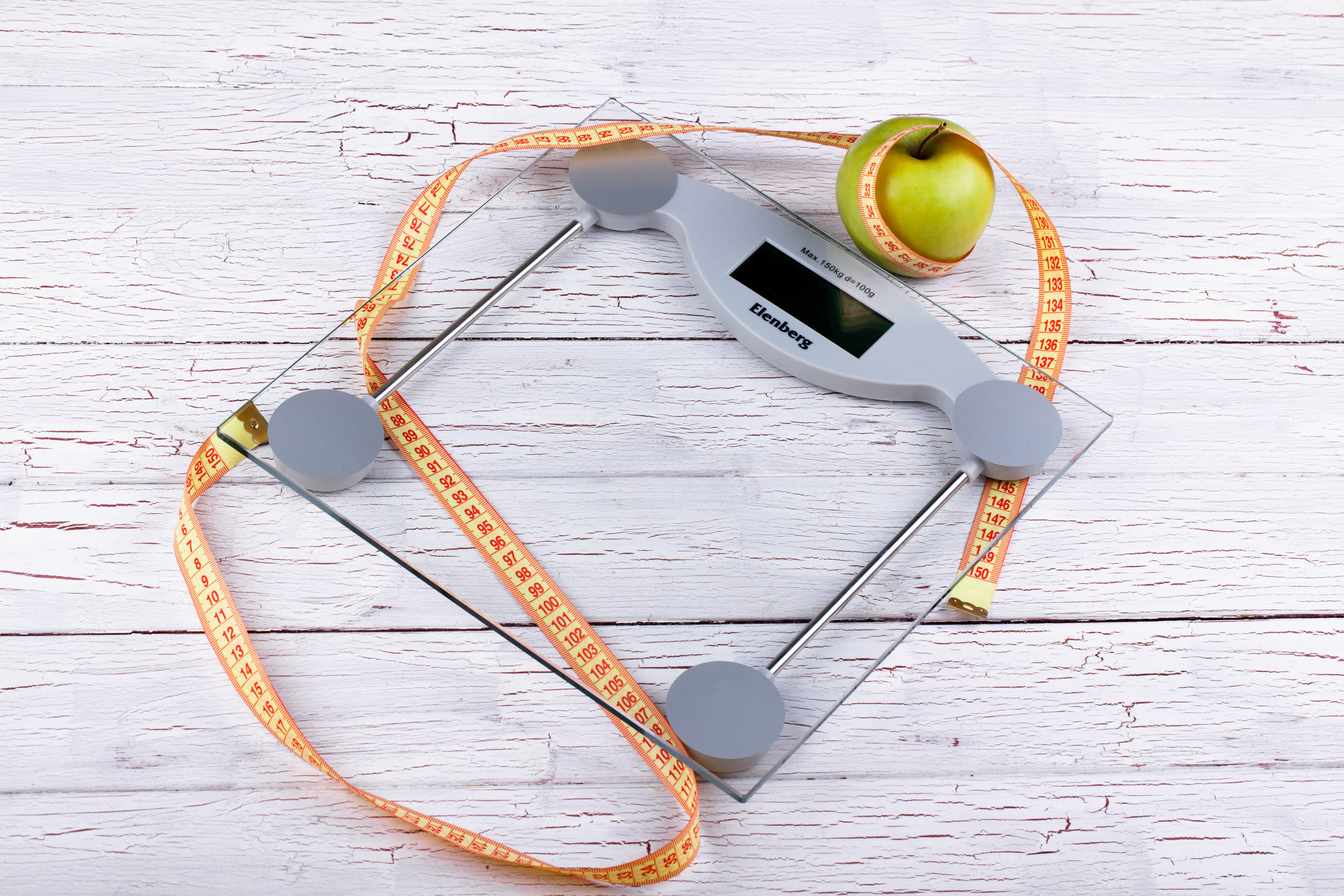
Is GLP1 a New Tool in the Fight Against Obesity
The UK government recently announced [1] a major trial investigating weight-loss drugs like GLP-1 agonists (e.g., tirzepatide) as part of the ongoing strategy to tackle rising obesity..

Why New Year's Resolutions often fail and how to Succeed
Did you know that a huge number of people (nearly 80%) give up on their New Year's resolutions by February?.

Gut Health The Game Changer for 2025
Gut health is fast becoming the wellness buzzword, and for good reason..
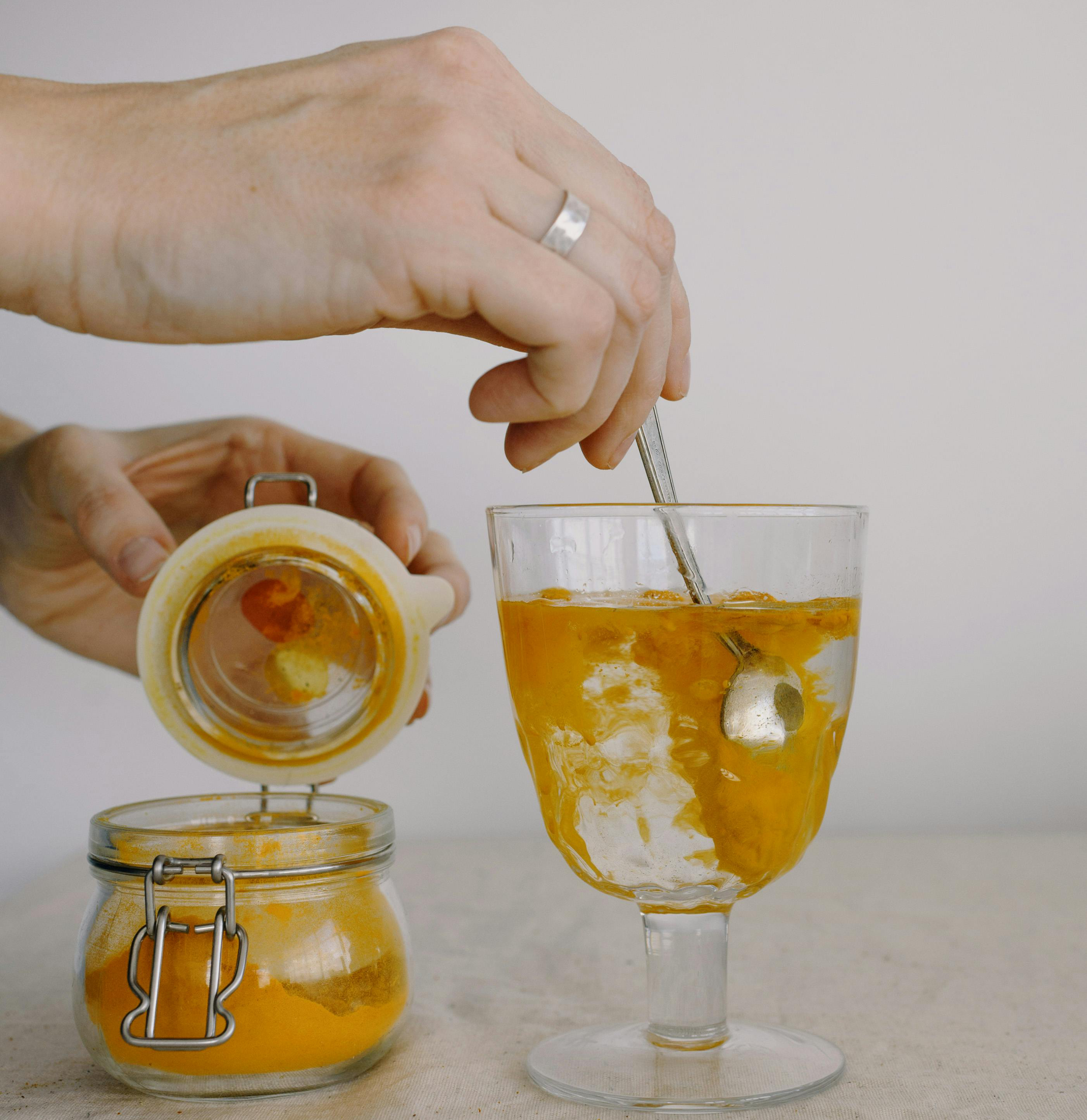
Turmeric: The Golden Spice of Health and Fitness
Turmeric, a vibrant yellow spice native to Southeast Asia, has gained global recognition not only for its culinary appeal but also for its impressive health and fitness benefits..

Sitting too much is harming your heart
Modern lifestyles have made prolonged sitting a daily norm, from long office hours to unwinding on the couch..

Why High Calorie Restriction Diets Don't Really Work
When people want to lose weight fast, the first instinct is often to drastically cut calories, believing that eating less will lead to quick fat loss..

Strength Training Builds a Foundation for Lifelong Health
As we age, maintaining our physical health becomes increasingly important, yet many people still believe that getting stronger is something reserved for younger years..
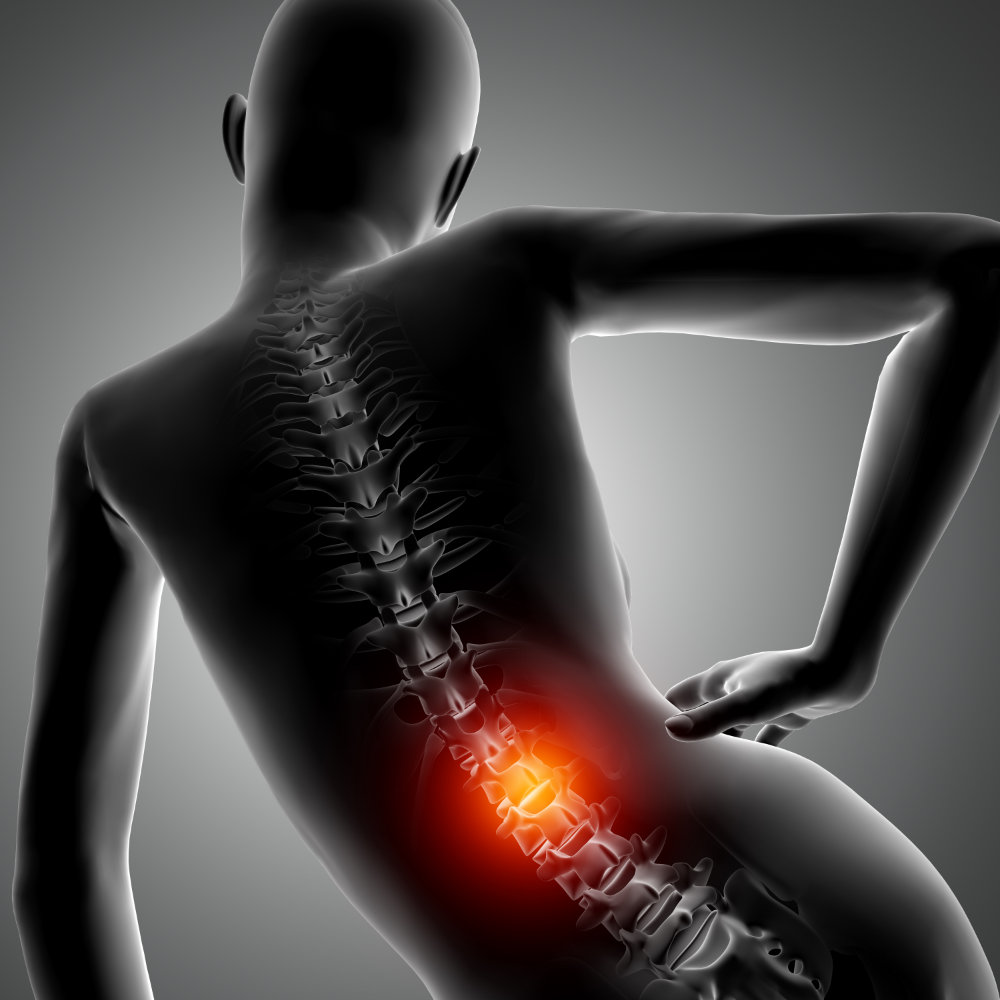
Top 10 benefits of Resistance Training has for treating the symptoms of lower back pain
Resistance training offers lots of benefits for treating the symptoms of lower back pain, making it an essential part of a pain reductions programme..
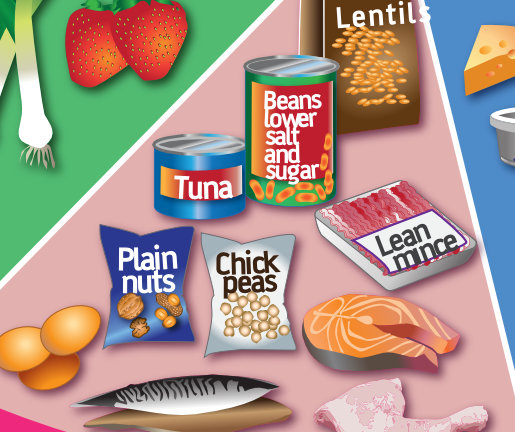
The Power of Protein: Why your body needs it
What exactly makes protein so essential, and how can you ensure you're getting the healthiest sources?.
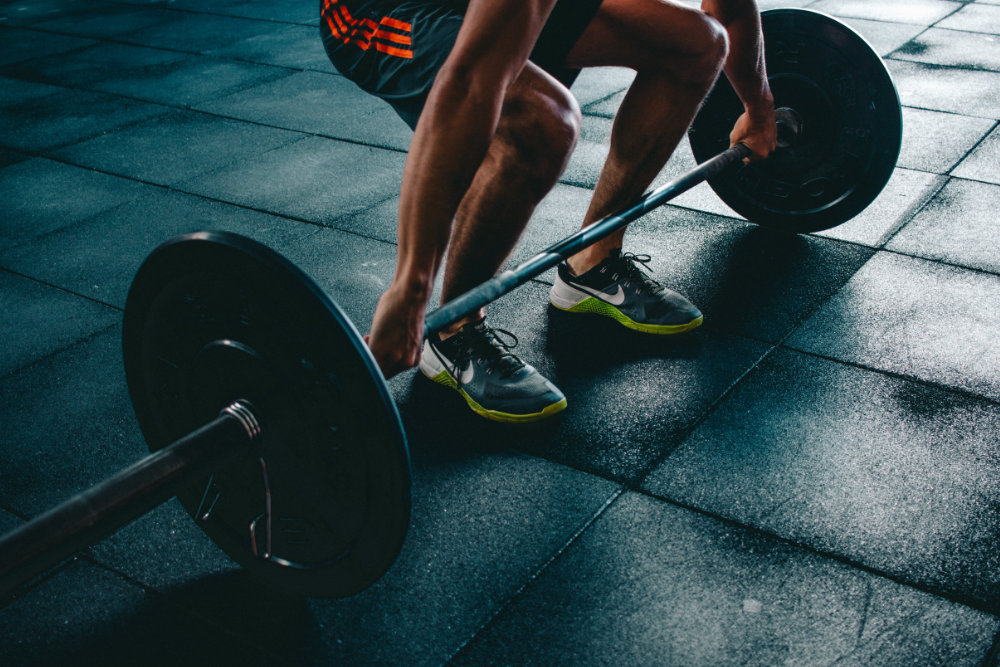
Is a periodised training programme only beneficial for athletes
When it comes to achieving optimal fitness and performance, the concept of periodised training has long been a cornerstone in the world of athletics..

Can Exercise Reverse Type 2 Diabetes
Different forms of exercise, from aerobic activities to resistance training and HIIT, offer unique benefits in improving insulin sensitivity and overall health..

Is Exercise a Natural Antidote to Depression
Incorporating physical activity into your routine can contribute to a brighter, more resilient mental state..
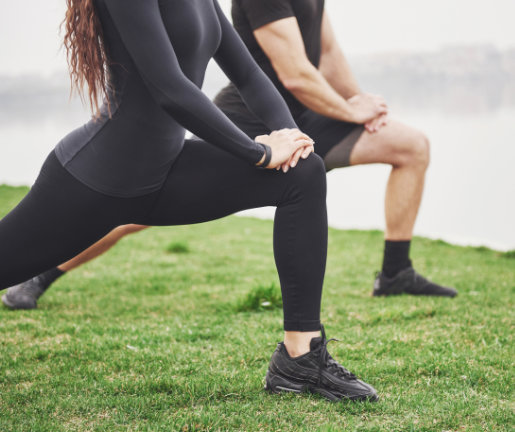
Does Static Stretching Before Exercise Decrease Performance
Numerous scientific studies have shown that static stretching before exercise can actually have a negative impact on performance..

The Benefits of Resistance Training for Children
Resistance and weight training have long been associated with building muscle and improving strength in adults. However, there is a growing body of evidence suggesting that these forms of exercise can also be highly beneficial for children and adolescents..

Is Strength Training good for managing the Menopause
Menopause is a significant phase in a woman's life, marked by hormonal changes that can bring various physical and emotional challenges..
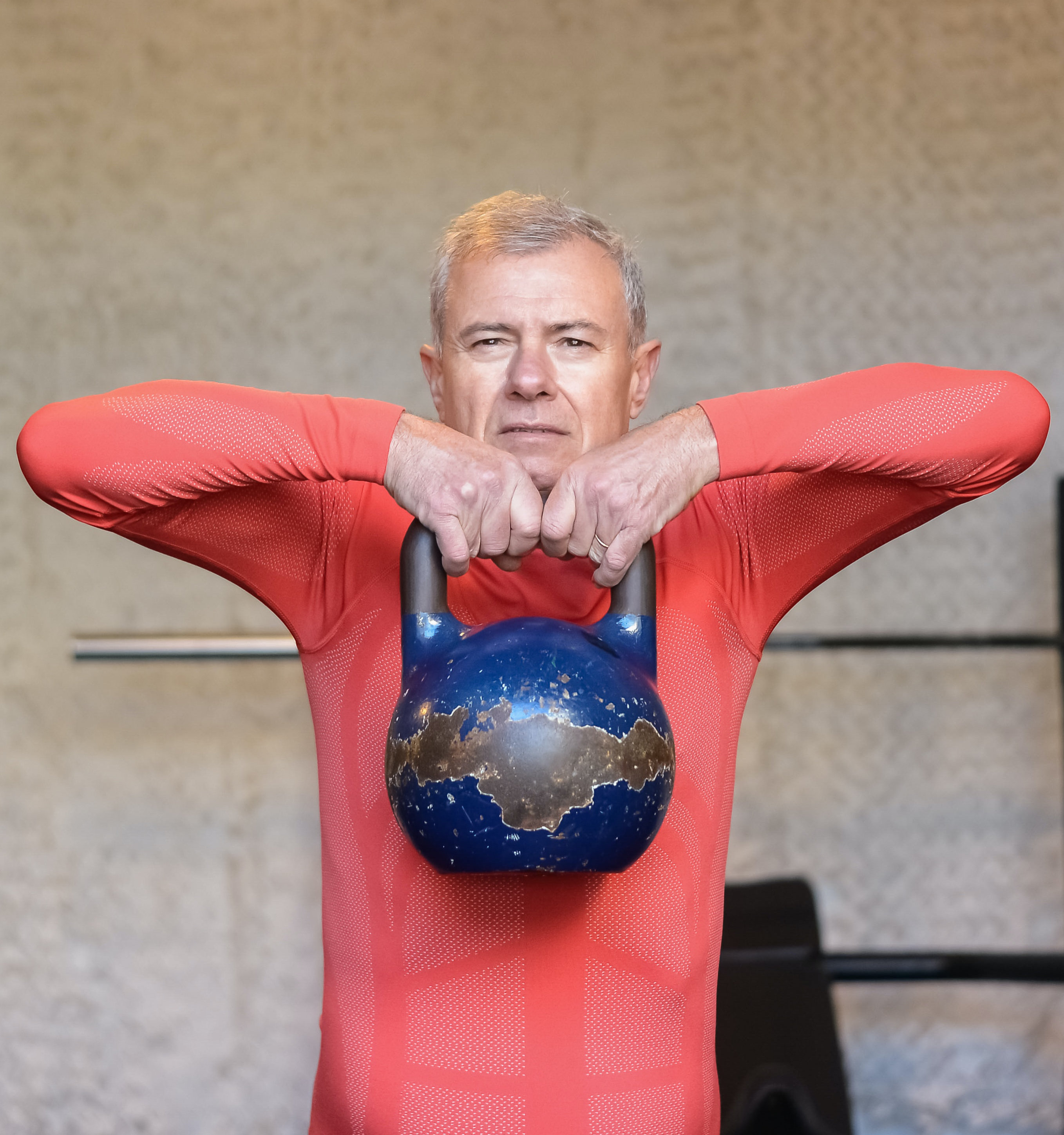
Is the Kettlebell the Ultimate Workout Tool
In the realm of fitness, the search for the ultimate workout tool is endless. When it comes to efficiency, versatility, and effectiveness, I think it could be the kettlebell..
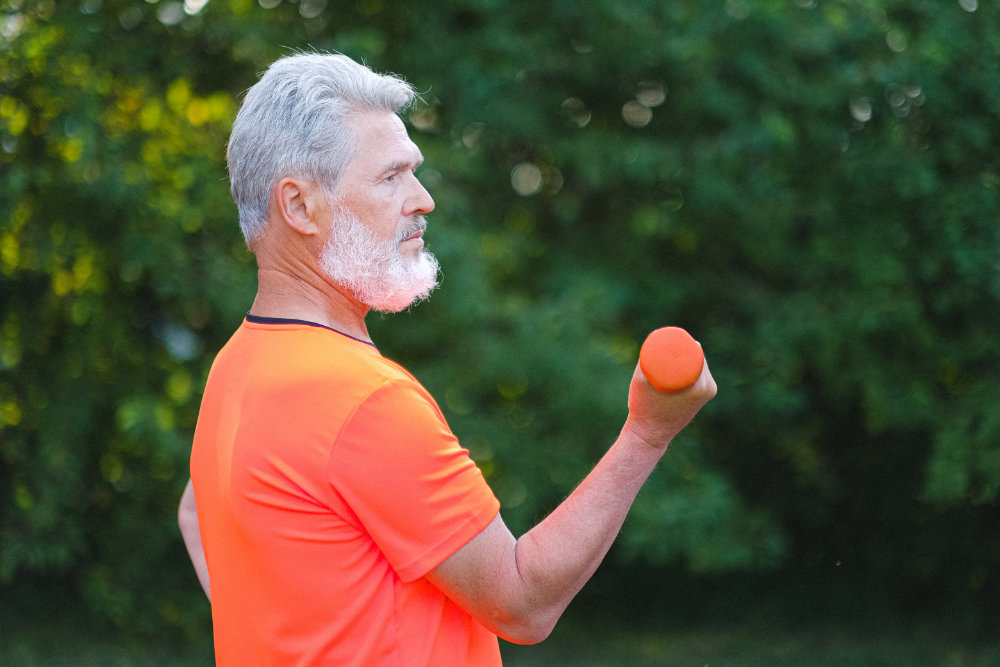
Use it or lose it as the old saying goes
As the years go by, it is commonly believed that our bodies inevitably lose muscle mass, bone density decreases, and overall strength declines. However, scientific evidence suggests otherwise..

Don't be a cave man....be active this autumn
The nights getting darker and temperature dropping signal a time for cozy evenings and warm comfort foods. With this change in season also comes a tendency to slow down, exercise less, and indulge in calorie-rich treats..

Hypertension and High Intensity Interval Training
If you’re currently suffering from hypertension or pre-hypertension then perhaps carrying out some form of High Intensity Interval Training (HIIT) might be able to help reduce it..